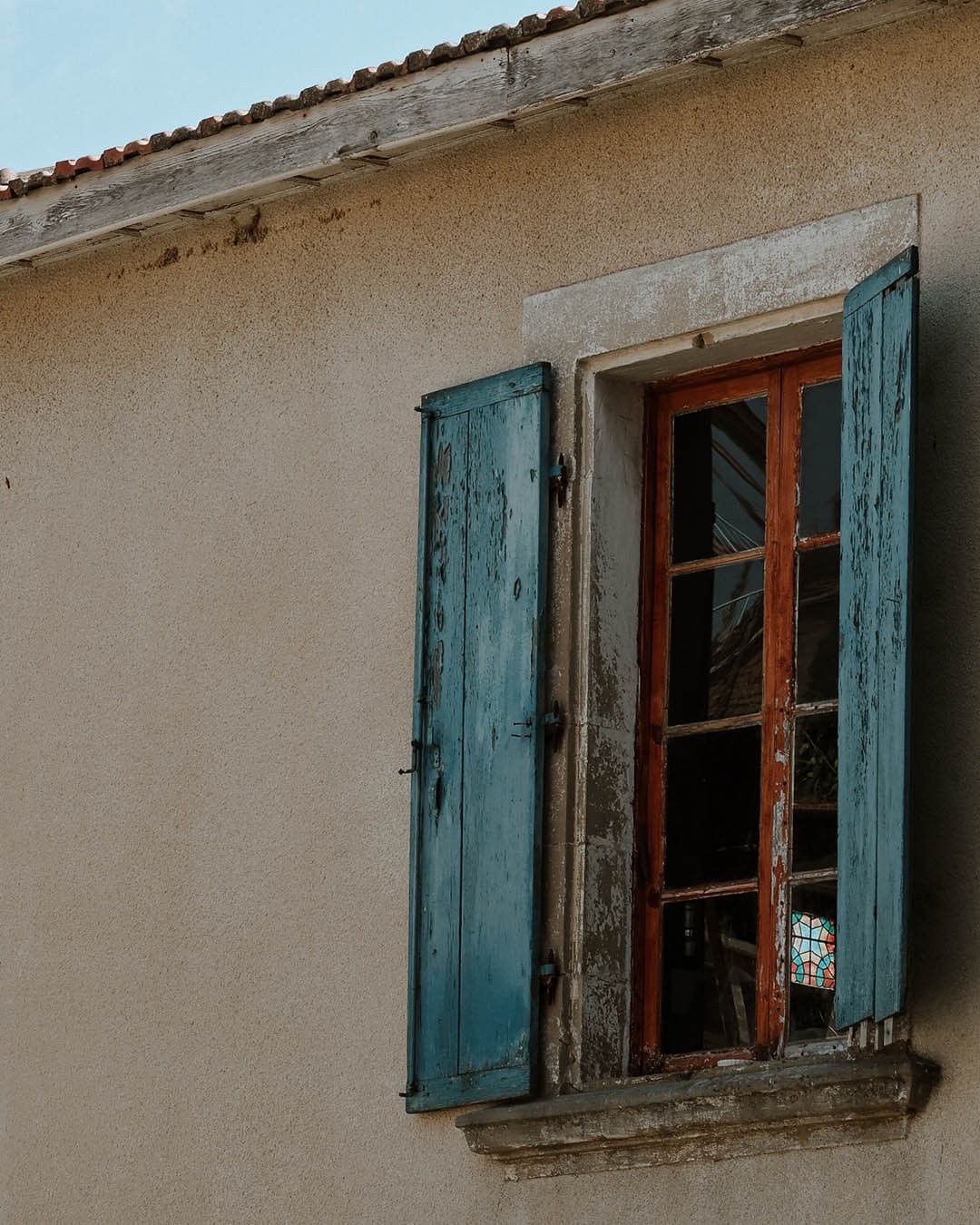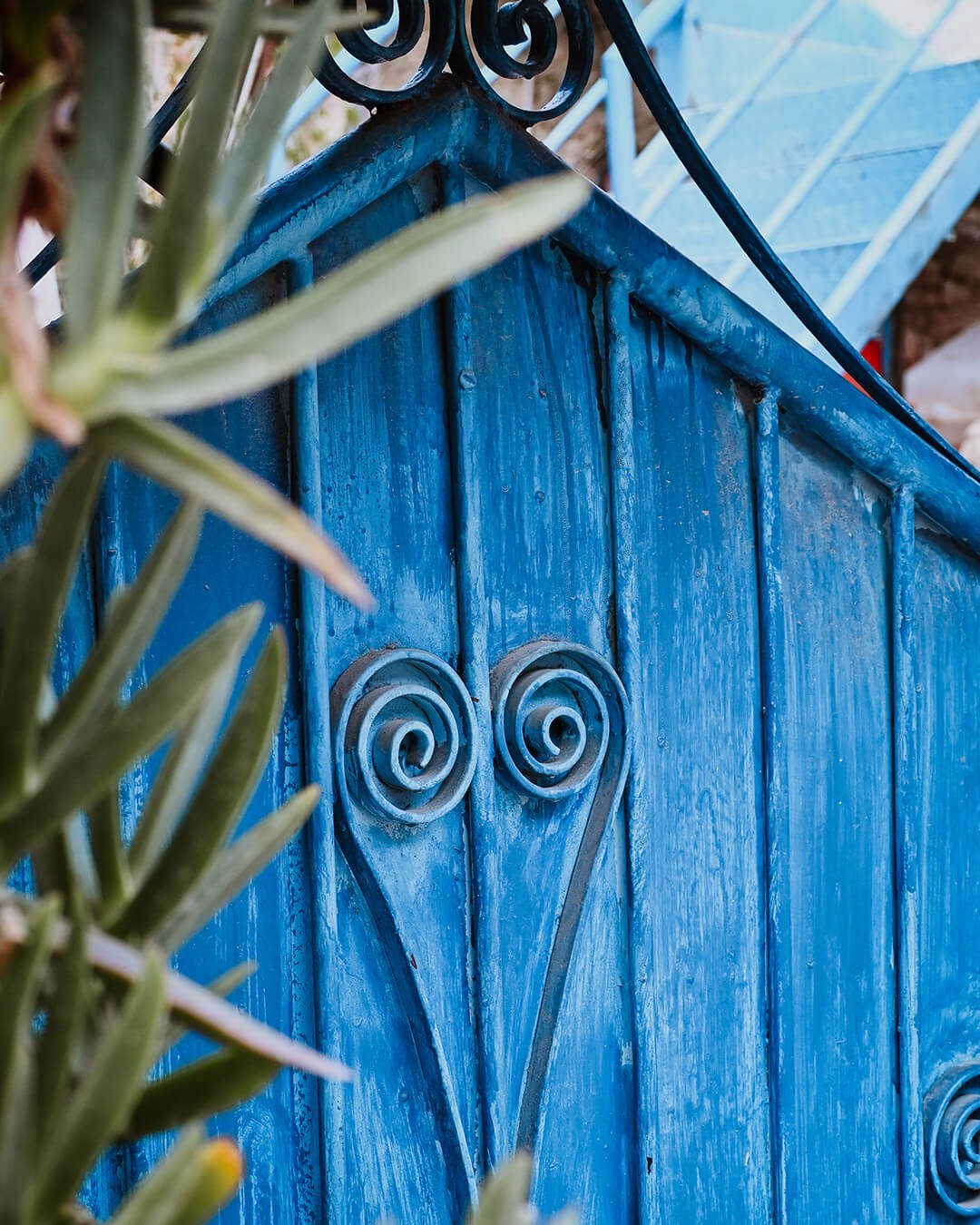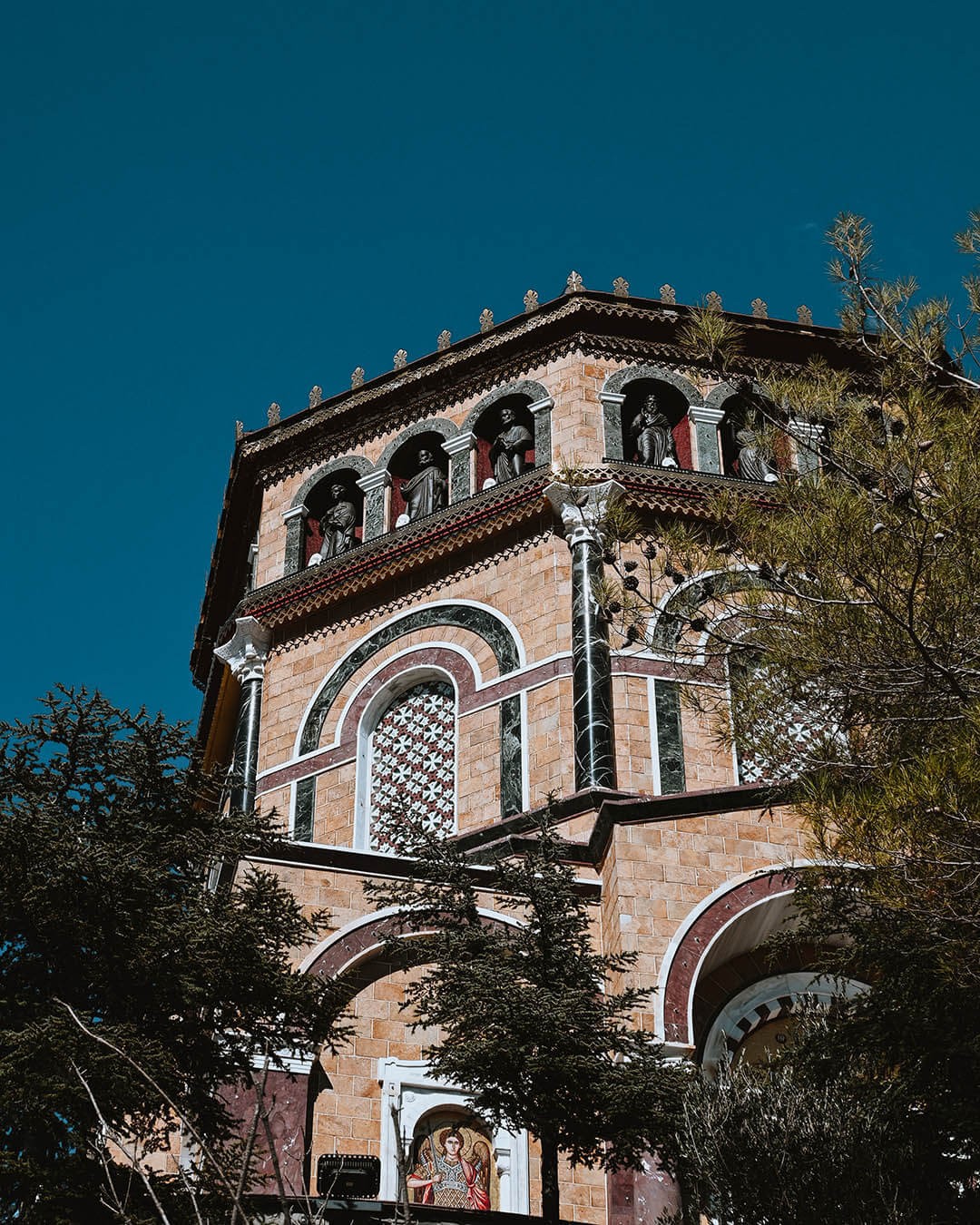Choulou
- Paphos
- Village
Choulou is a village situated in the heart of the Paphos district, east of the Ezousa river, where the surrounding valley creates a picturesque forestry ambiance.
The village's name appears to have different historical associations. According to one tradition, during the period of Frankish rule on the island, a feudal lord named "Goul," of Syrian origin, was appointed to administer the region, and the village may have been named after him. Another version links the name "Choulou" to the title "Julio" (pronounced as "houlio" [‘χuljo]) borne by officials during that era.
Choulou boasts a notable historical past. It was under Frankish rule since the 13th century, and the King's palace once occupied the site of the present-day church courtyard. During the Ottoman conquest of Cyprus, Choulou evolved into a mixed settlement with both Greek-Cypriots and Turkish-Cypriots living in the village. However, following the intercommunal riots of 1963, the Turkish-Cypriot population was compelled to abandon the village, resulting in a sparse permanent population that persists to this day.
Presently, Choulou retains its small village charm, with a focus on preserving its traditional mountainous character. The architecture features narrow streets lined with stone-built houses showcasing wooden windows, typical doors, and tiled roofs, along with courtyards and arches. The village square serves as a central meeting point, complemented by taverns, coffee shops, and shops offering traditional products like spoon sweets, palouzes, and shoushoukos, all made from grape juice.
Several places of interest dot Choulou's landscape, including two ancient stone-built bridges, an old watermill near the Ezousa River, and village fountains like Kato Vrysi.
The main church, located in the southwestern part of Choulou, is dedicated to Panagia Pantanassa ("Virgin Mary Most-Holy Queen of All"). Built during the 13th century, it initially belonged to the private feudal estate. At the village entrance stands the Byzantine chapel of Saint George, dating back to the 12th century. On the hill overlooking the village, the Holy Cross chapel (Timios Stavros) was constructed in 1970. During the Frankish rule, the same location housed a military watchtower. Reminiscent of the Turkish-Cypriot population that once lived in Choulou, a mosque with a minaret stands as a historical vestige. The current mosque was built in 1962 and was previously a Latin church dedicated to Saint George, erected by the Latin population residing in the region before the Ottoman occupation of the island in the 16th century.
Choulou is also part of the wine-producing villages of Cyprus (Krasochoria) and is included in the wine route "Vouni Panagias-Ampelitis." Nestled in a forested area east of Paphos city and surrounded by vineyards, the region cultivates more than 20 grape varieties, with Carignan Noir and Cabernet Sauvignon being prominent examples.
Folk tradition associates Choulou with one of Cyprus's oldest songs, "Arodafnousa." This medieval ballad, surviving in different versions over the centuries, revolves around the story of a beautiful girl named Arodafnousa from Choulou village, a King ("ο Ρήγας"), and a Queen ("η Ρήγαινα"). While the ending of the song varies, it generally recounts a tragic tale of love, jealousy, and betrayal.
According to scholars, the song "Arodafnousa" is believed to be based on real historical figures and is associated with an event mentioned by Leontios Machairas in his chronicles. The song likely refers to Joanna d'Aleman, wife of Jean de Montolif, the feudal lord of Choulou during the Frankish rule and the reign of King Peter I. Joanna d'Aleman is said to have been a mistress of King Peter I, which led to a dramatic series of events involving torture and imprisonment.
From its long history and enchanting tales to its historical monuments and vineyard-clad surroundings, Choulou is a captivating village that exudes traditional character and beauty from every angle. Perched on the steep hills of the Paphos district, it leaves a lasting impression on all who visit.
Other locations
All locationsVasilikon Winery
Paphos | Winery
Cyprus, a land of sun-kissed vineyards and golden wines, is home to one of the oldest wineries in Paphos region - Vasilikon Winery. The Winery has become a s...
Kykkos Monastery
Nicosia | Church
Cyprus houses an extensive network of monasteries and one of the them is the imposing Monastery of Kykkos standing to tell stories of faith and history.
Minthis Hills Golf Club
Paphos | Golf club
Minthis Resort is located close to Tsada village in the south west of Paphos district. It offers a 18-hole championship golf course incorporated in the natur...
Kakopetria
Nicosia | Village
Kakopetria is a village of Nicosia district located in Solea Valley. The main square of the village with its traditional tavernas and local shops, and "Old" ...



